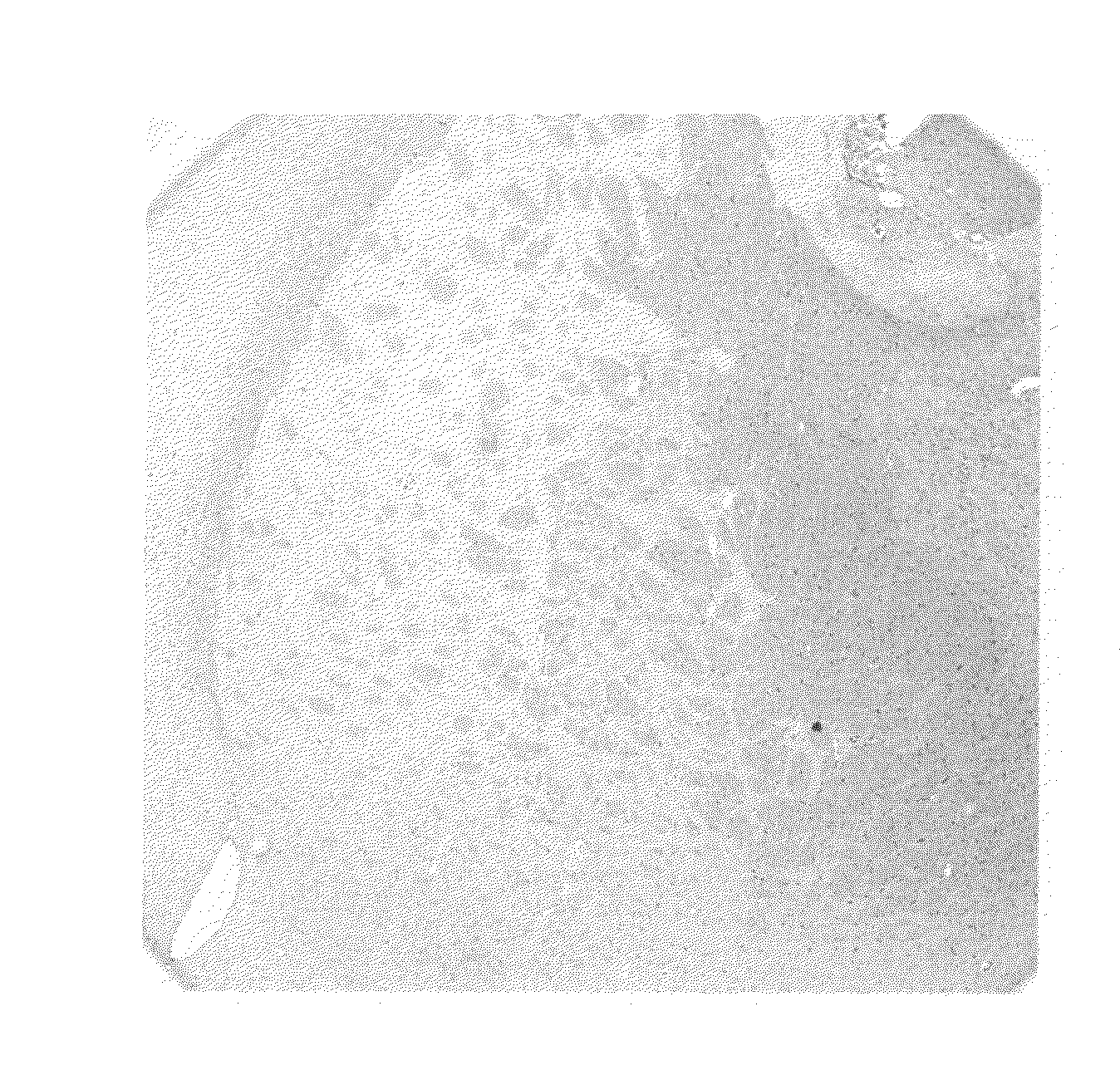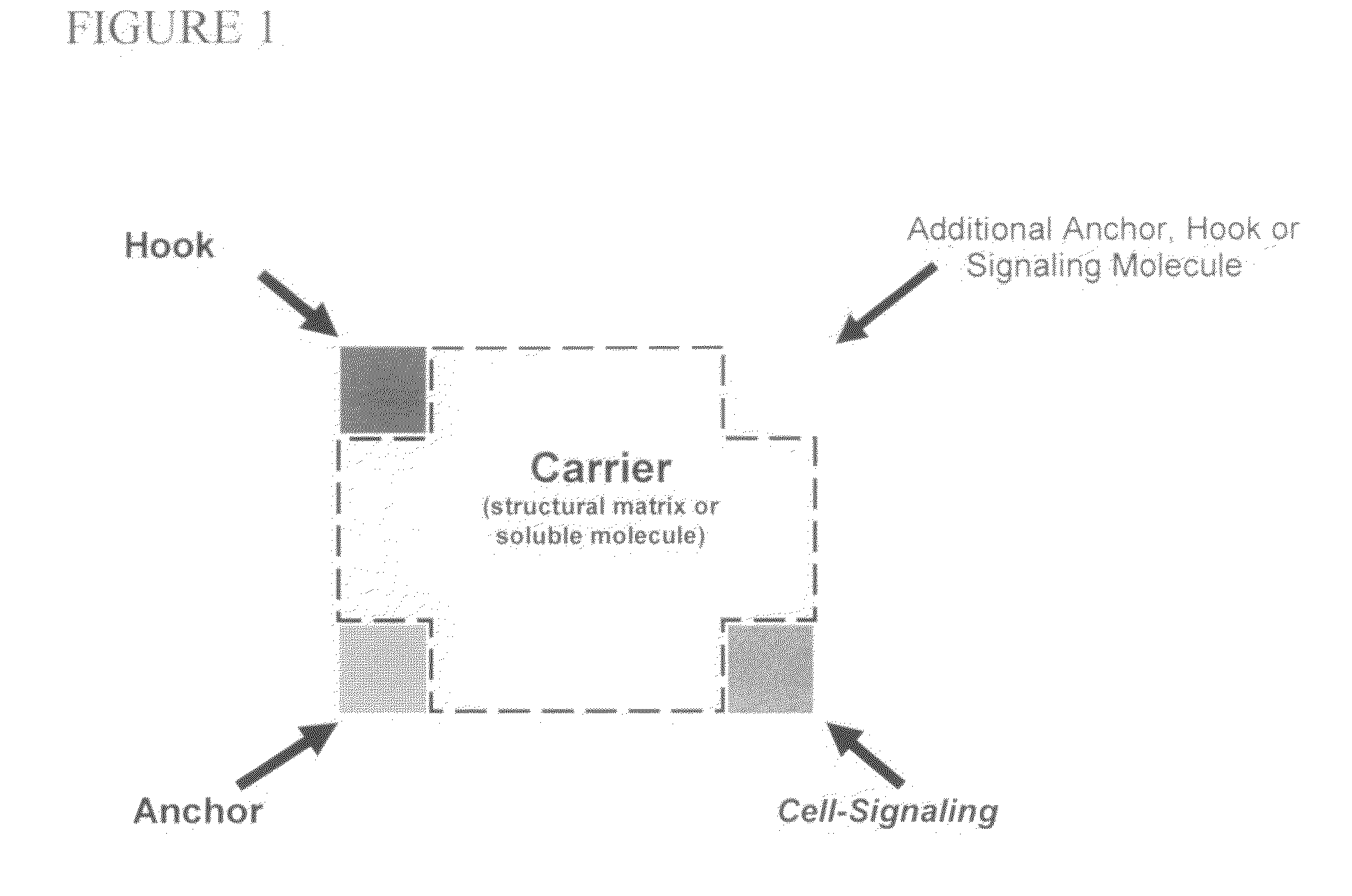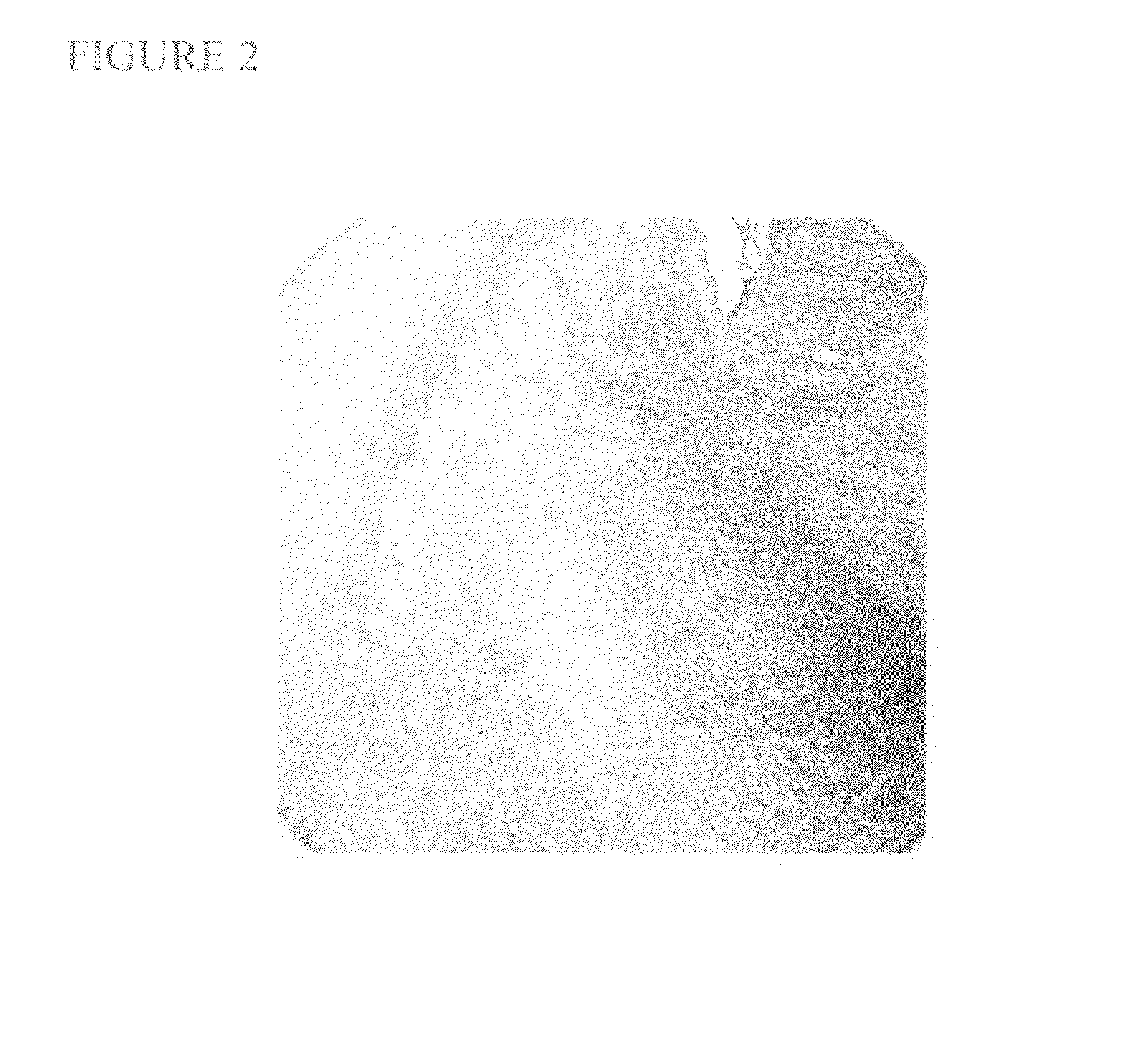Devices, compositions and methods for the protection and repair of cells and tissues
a cell and tissue technology, applied in the field of cell and tissue protection and compositions, can solve the problems of scar or other non-functional tissue replacement of cells and tissues, overwhelming the endogenous repair mechanism of organisms, and reperfusion injury, so as to enhance tissue repair in damaged cartilage, and reduce the severity of reperfusion injury.
- Summary
- Abstract
- Description
- Claims
- Application Information
AI Technical Summary
Benefits of technology
Problems solved by technology
Method used
Image
Examples
experimental examples
[0230]The invention is now described with reference to the following examples. These examples are provided for the purpose of illustration only and the invention should in no way be construed as being limited to these examples but rather should be construed to encompass any and all variations which become evident as a result of the teaching provided herein.
experimental example 1
[0231]The materials and methods used in the experiments presented in this Example are now described.
[0232]Animal use was performed under a protocol approved by the IACUC, Molecular Medicine Research Institute, Sunnyvale, Calif.
[0233]The repair composition (repair composition 1) was created by mixing FITC-conjugated natural avidin (VWR) with biotinylated EGF (Invitrogen); biotinylated anti-rat ICAM-1 (CD54) and biotinylated anti-rat CD90 (VWR) in a stoichiometric ratio of 1M anti-ICAM-1:1M anti-CD90:2M EGF:1M FITC-conjugated natural avidin. This resulted in a final concentration of FITC-conjugated natural avidin of 22 μg / ml, final concentration of the respective antibodies of 43 μg / ml and final concentration of EGF of 4.3 μg / ml in the mixture. The mixture was allowed to incubate at room temperature for 20 minutes and then was diluted 3-fold with PBS.
[0234]Rat bone marrow was aspirated from the femurs of 2 male Sprague-Dawley rats, obtained from Charles River Laboratories. The cells w...
experimental example 2
[0238]The materials and methods used in the experiments presented in this Example are now described.
[0239]Repair composition 1 was prepared as described in Experimental Example 1, however avidin that was not FITC labeled was used. The mixture of avidin, anti-rat ICAM-1, anti-CD90 and EGF was allowed to incubate at room temperature for at least 20 minutes to form the composition, and then the solution was diluted 3-fold with PBS (resulting in a concentration of about 23 μg of components per milliliter). 100 μl of repair composition solution was loaded into 27 gauge syringes for administration.
[0240]Adult male Sprague-Dawley rats were obtained from Charles River Laboratories. Animals weighed 300 to 400 gm and were approximately 24-30 weeks of age when used in the current experiments.
[0241]Transient (1 hour) middle cerebral artery occlusion (tMCAO) which represents a stroke deficit of intermediate severity with reperfusion injury, was induced using a previously described method of exte...
PUM
| Property | Measurement | Unit |
|---|---|---|
| Fraction | aaaaa | aaaaa |
| Time | aaaaa | aaaaa |
| Angle | aaaaa | aaaaa |
Abstract
Description
Claims
Application Information
 Login to View More
Login to View More - R&D
- Intellectual Property
- Life Sciences
- Materials
- Tech Scout
- Unparalleled Data Quality
- Higher Quality Content
- 60% Fewer Hallucinations
Browse by: Latest US Patents, China's latest patents, Technical Efficacy Thesaurus, Application Domain, Technology Topic, Popular Technical Reports.
© 2025 PatSnap. All rights reserved.Legal|Privacy policy|Modern Slavery Act Transparency Statement|Sitemap|About US| Contact US: help@patsnap.com



